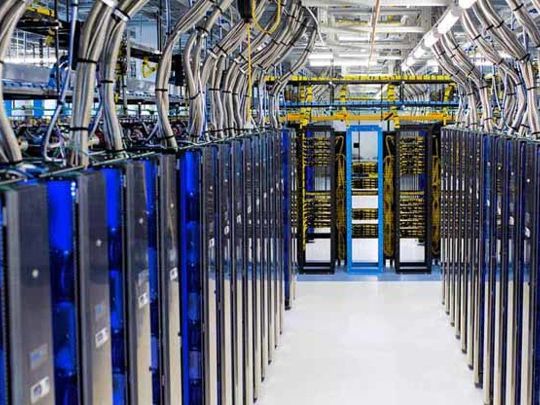Microsoft launches Windows 11 IoT Enterprise
- October 19, 2021
- William Payne

Microsoft has launched Windows 11 IoT Enterprise, designed to bring new features and functionality to the Windows for IoT ecosystem. This includes the ability to run Linux GUI-based apps and software with Windows for the first time. The new release also includes support for USB4, and Wi-Fi 6E connectivity.
In February, Microsoft announced that it would release a version of Windows 10 Enterprise LTSC and Windows 10 IoT Enterprise LTSC in the second half of 2021 (21H2). In that announcement, the company said that the client edition, Windows 10 Enterprise LTSC, will change its servicing from a 10-year to a 5-year support lifecycle, aligning with the changes to the next perpetual version of Microsoft Office. The company also stated that Windows 10 IoT Enterprise will maintain its 10-year support lifecycle with the 21H2 release.
Microsoft says that these commitments remain firm with the Windows 11 IoT Enterprise release and that the company is on track to release an LTSC version of Windows 10 IoT Enterprise soon with a 10-year support lifecycle. The recently announced Windows 11 IoT Enterprise release is not an LTSC release and instead will have a servicing timeline of 36 months from the month of the release.
Windows 11 IoT Enterprise will deliver new features and functionality that will enable the Windows for IoT ecosystem to build innovative and modern devices.
Windows 11 IoT Enterprise inaugurates a new feature, Windows Subsystem for Linux GUI (WSLg), which brings Linux GUI applications to the Windows Subsystem for Linux (WSL).
WSL lets users run a Linux environment, and up until this point has focused on enabling command-line tools, utilities, and applications. GUI app support enables users to now use Linux GUI applications with WSL. WSL is used in a variety of applications, workloads, and use cases.
Windows 11 IoT Enterprise brings support to Universal Serial Bus 4 (USB4), as well as Wi-Fi 6E, which provides users with improved wireless coverage and performance with added security.
The new release also has a newly designed interface designed to provide a modern experience. According to Microsoft, the new design and attendant sounds are ‘modern, fresh, clean, and beautiful, bringing you a sense of calm and ease’.
“Accessible technology is a fundamental building block that can unlock opportunities in every part of society. A more accessible Windows experience has the power to help tackle the “disability divide” — to contribute to more education and employment opportunities for people with disabilities across the world,” said Jeff Petty, Windows Accessibility Leader.
Windows 11 has new accessibility improvements that were built for and by people with disabilities, allowing device manufacturers to develop, design, and deploy IoT devices that make it easier for people with disabilities to interact with and use their devices.





